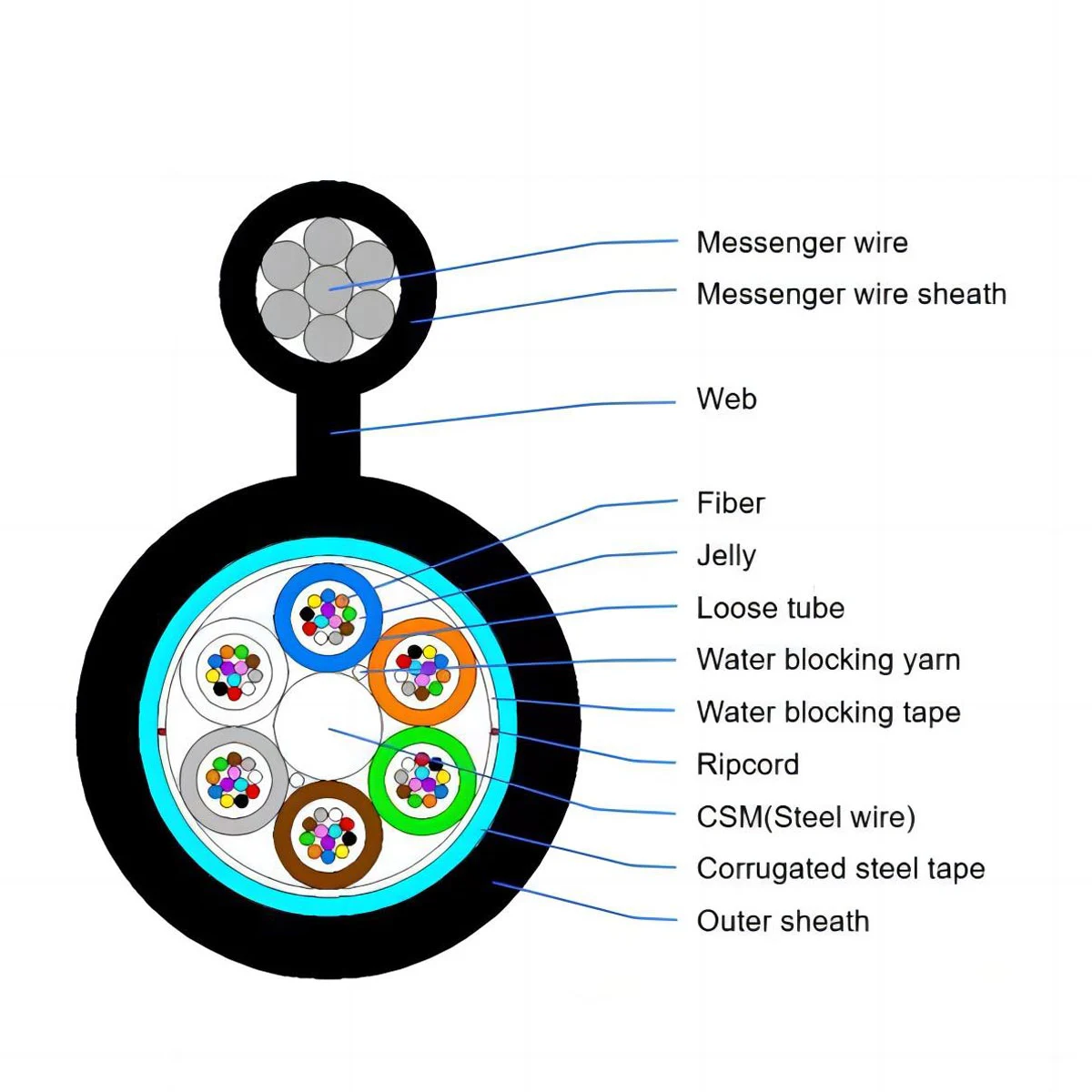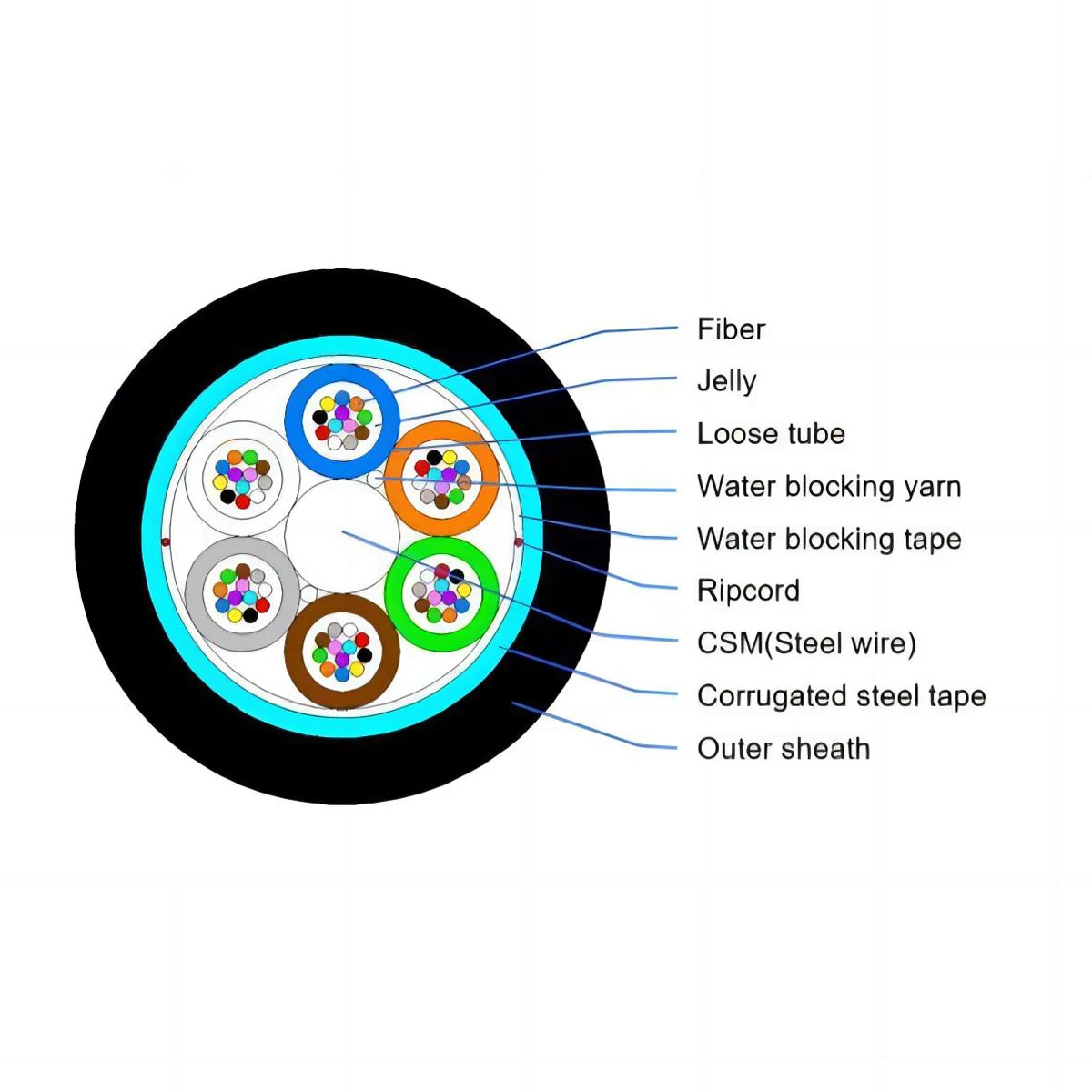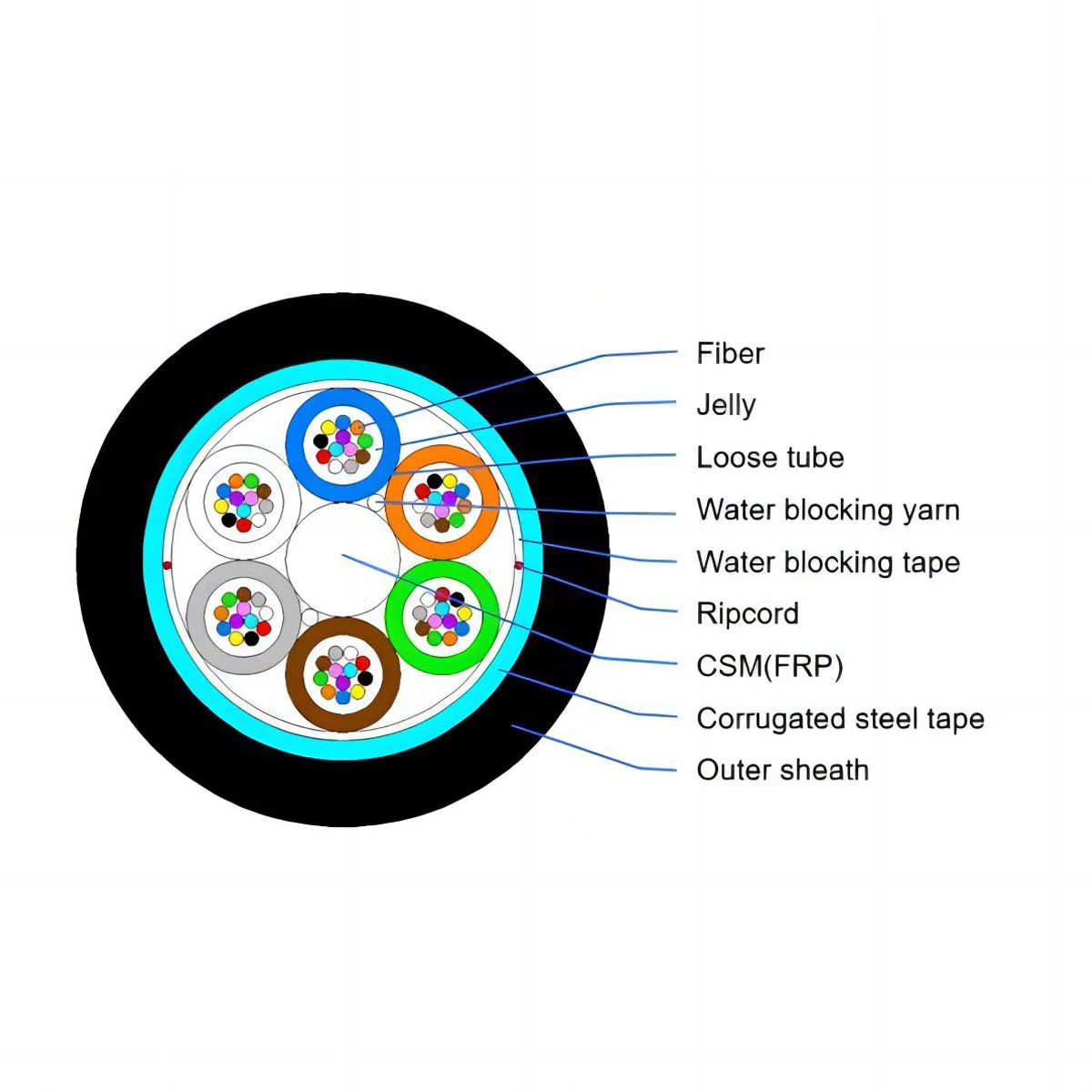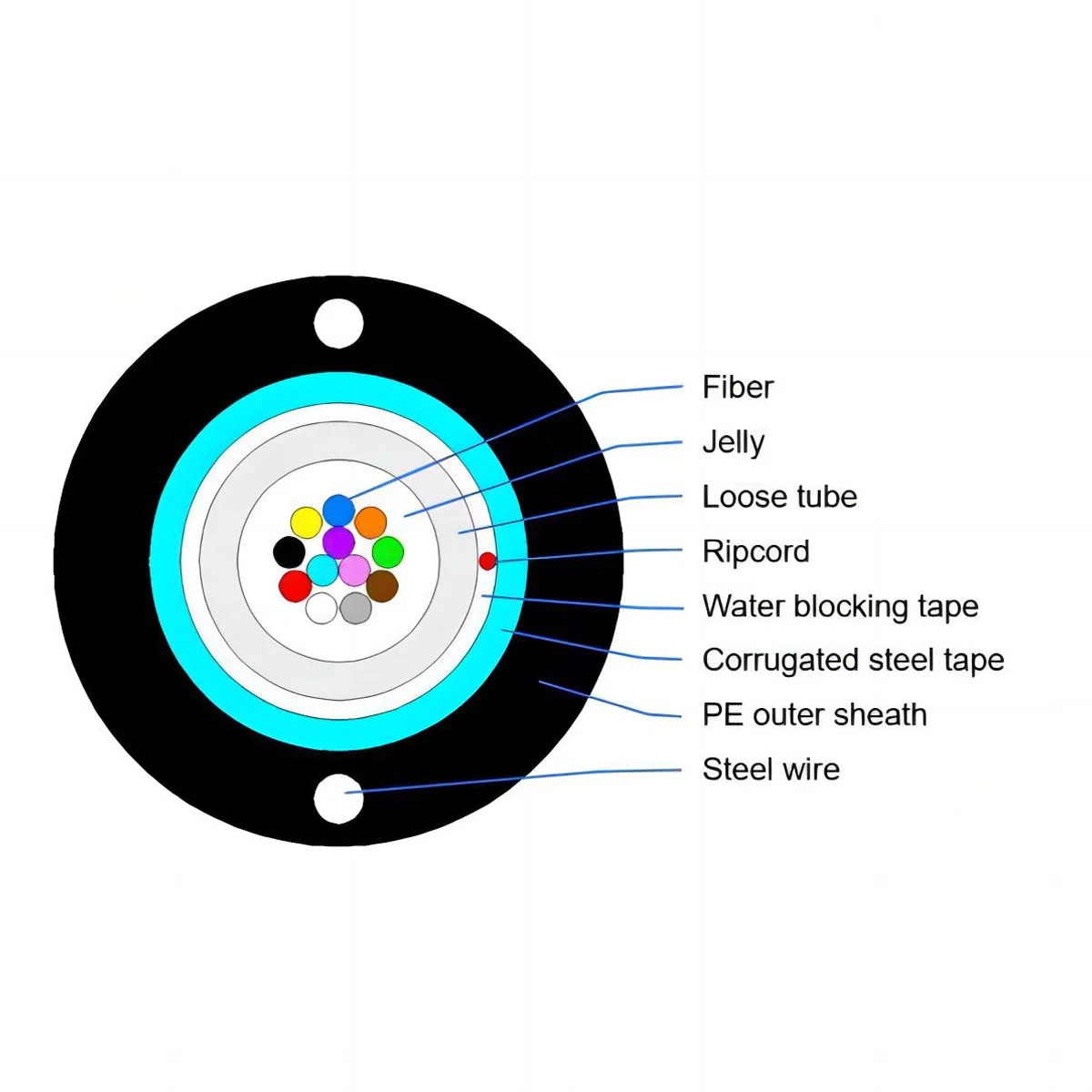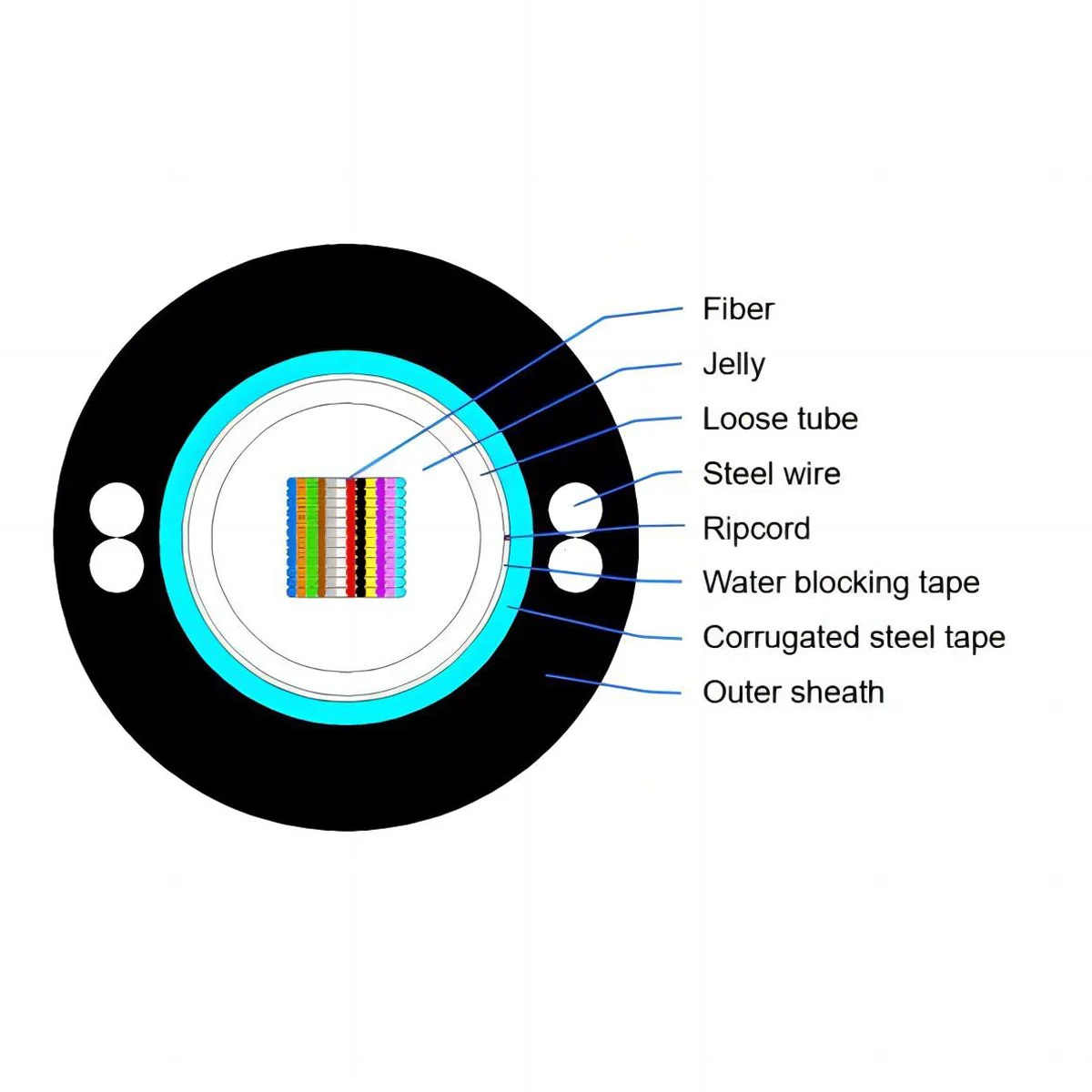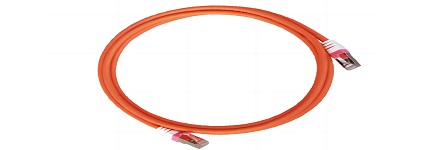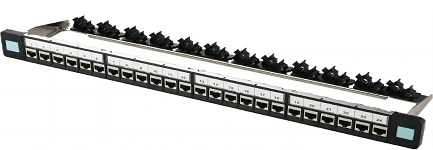
The fibers are arranged in a loose, high-modulus plastic tube. A water-resistant filling substance is used to fill the interstice on the inside and outside of the tubes. In the middle of the core is a steel wire that, if required, is covered with polyethylene to provide strength. To create a small, spherical cable core, tubers (and fillers) are stranded around the strength member.
To create a cable, the plastic-coated steel tape is wrapped around the core and extruded into a polyethylene sheath. Stranding wires made of galvanized steel are used as messengers. Lastly, the cable and messenger are connected to create a figure-8 cable.
Reliable moisture-proof and water-blocking performance is offered by every area.
The ideal optical fiber shielding is provided by a special filling gel-filled loose tube.
Desired crush resistance is provided by longitudinal corrugated steel tape.
The self-supporting structure in Figure 8 has a high tensile strength and makes aerial installation simple and affordable.
A 30-year lifetime is made possible by strict workmanship and raw material management.
Fiber Number | Nominal Diameter | Nominal Weight | Max Fibers Per Tube | No. of (Tubes + Fillers) | Allowable Tensile Load(N) | Allowable Crush Resistance(N/10cm) |
2~30 | 10.0×18.0 | 220 | 6 | 5 | 7000/4000 | 1000/300 |
32~36 | 10.7×18.7 | 244 | 6 | 6 | 7000/4000 | 1000/300 |
38~60 | 11.4×19.4 | 253 | 12 | 5 | 7000/4000 | 1000/300 |
62~72 | 12.0×20.0 | 280 | 12 | 6 | 7000/4000 | 1000/300 |
>72 | CUSTOMIZED | |||||

